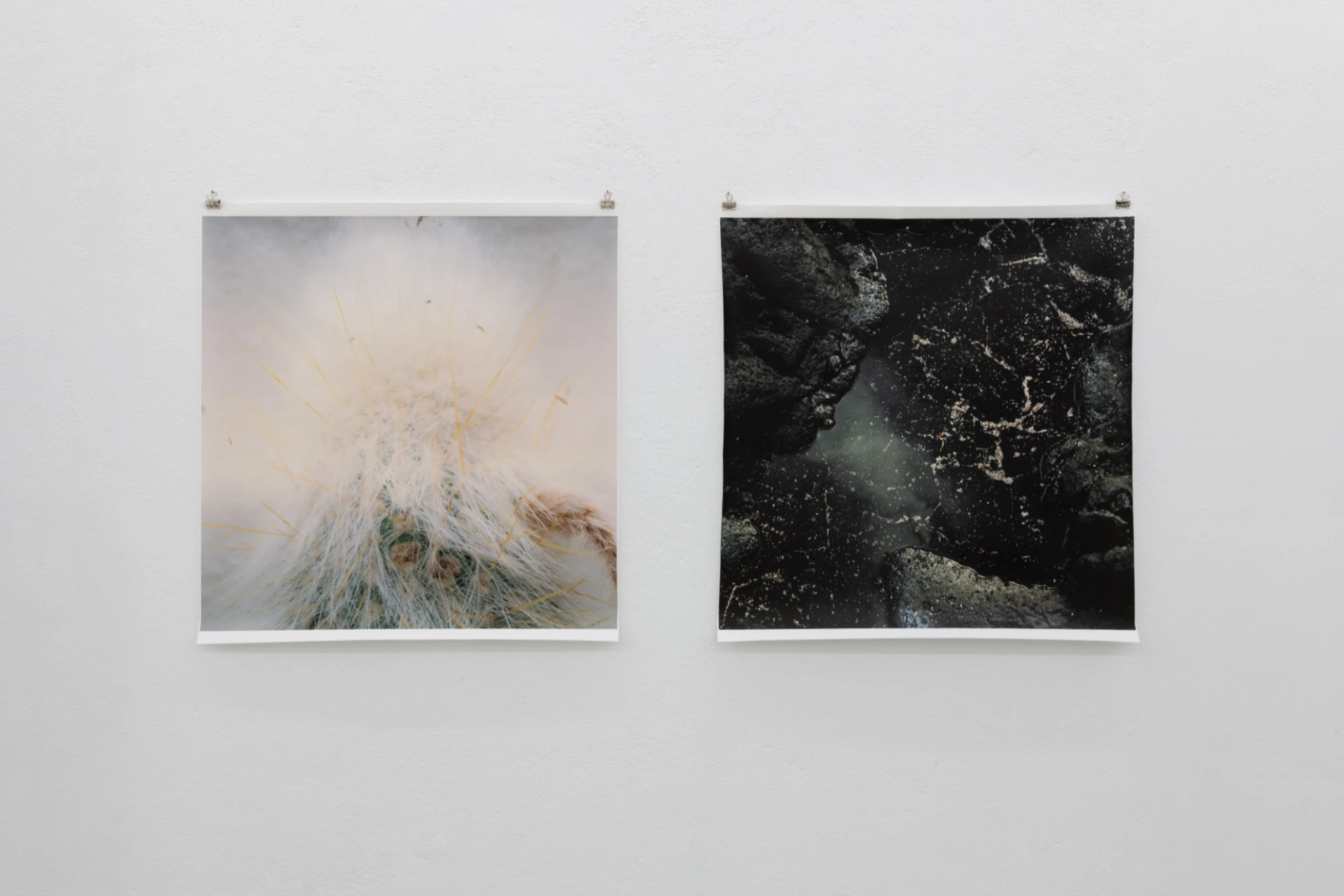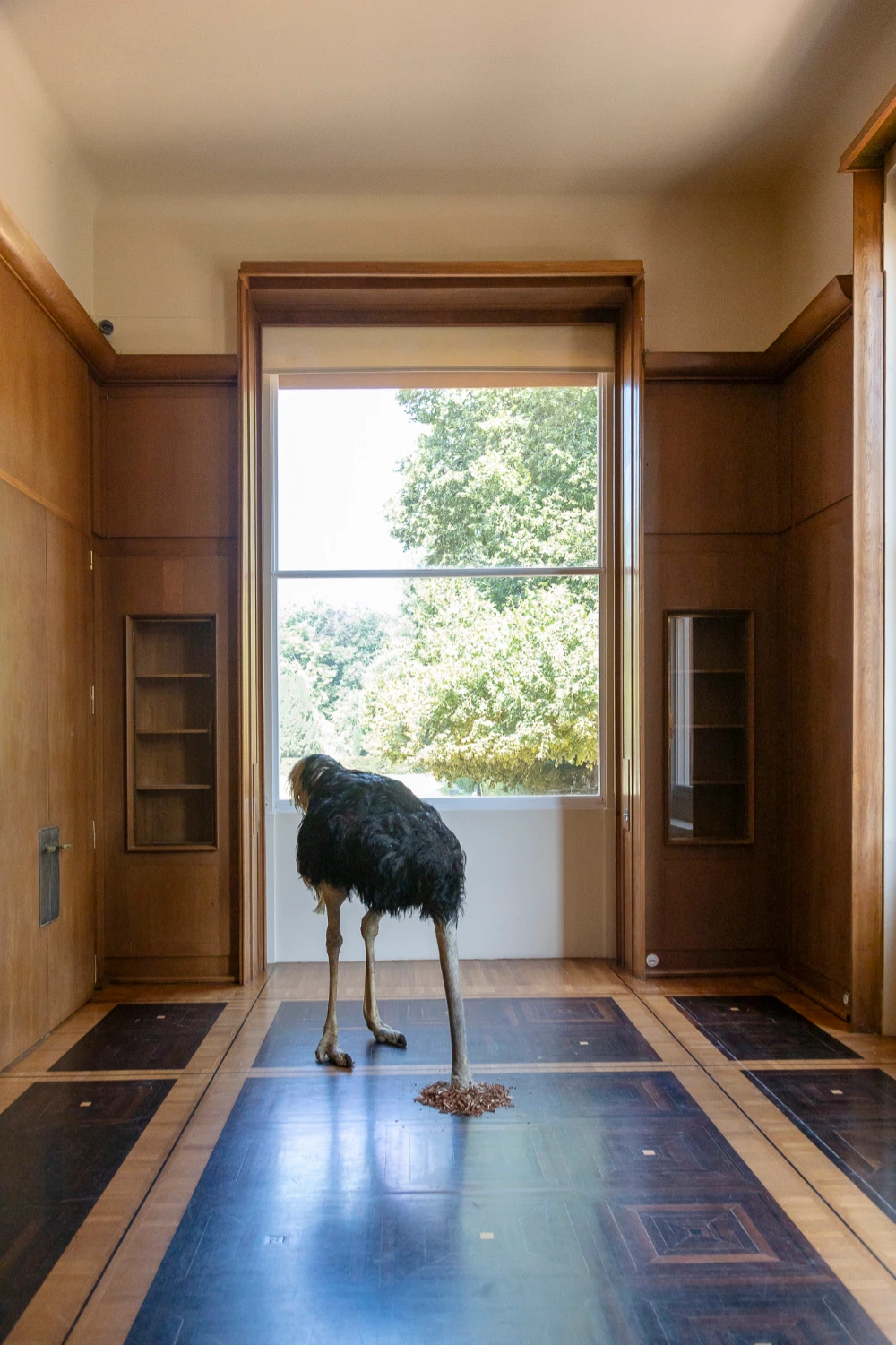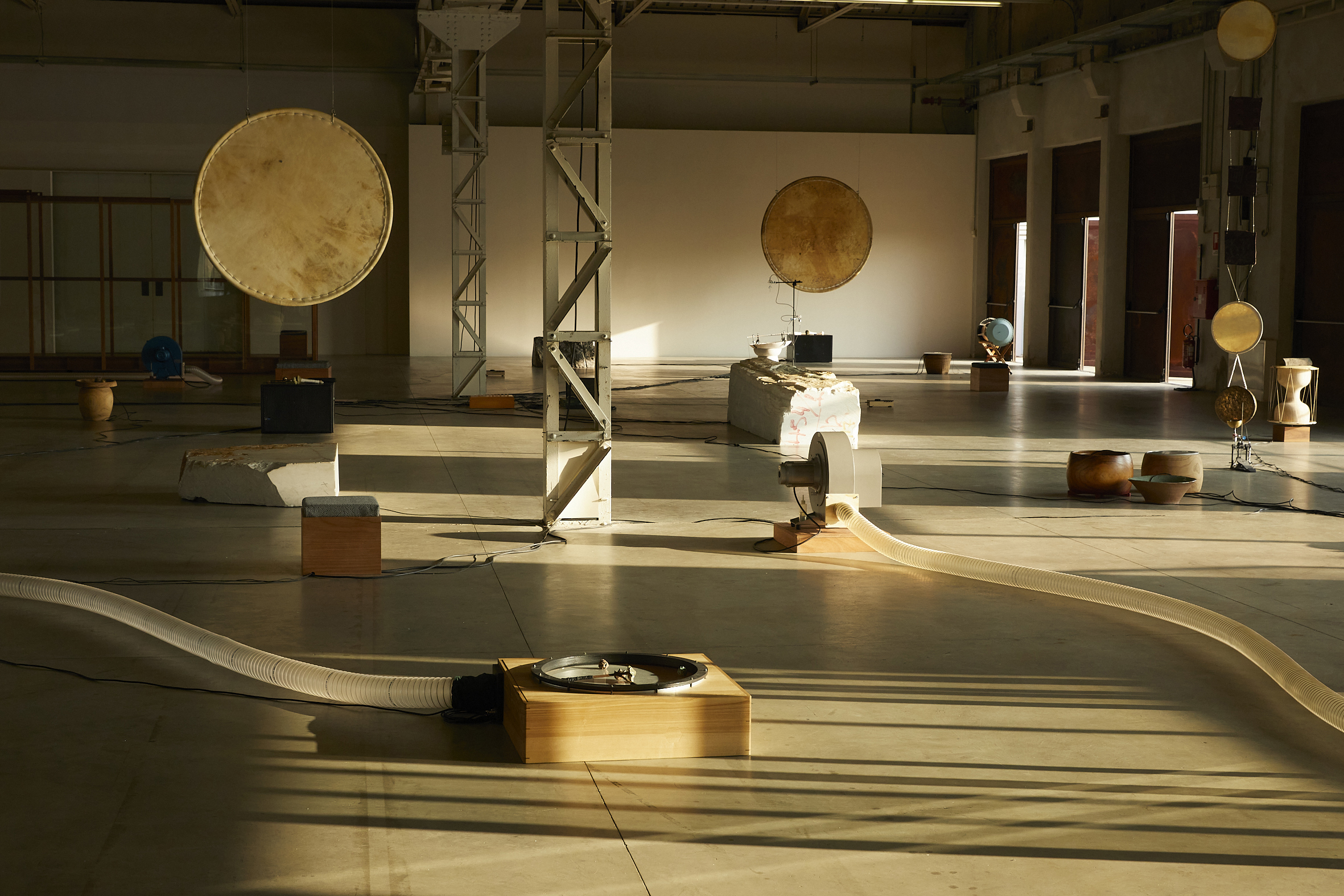article
Fading and Enduring: Saodat Ismailova’s Poetic Geography at Kunsthalle Lissabon
As I walked down the stairs to see Saodat Ismailova (1981, Tashkent)’s exhibition at Kunsthalle Lissabon, I couldn't help but think of Etel Adnan's poems, her memory, her struggle of remembrance.
my memory spills over
my days
and like a balloon occupies
the whole universe
because she ate flowers and
pills
she is not here tonight
but in a field of
white flowers
she is planted, as they are,
in the soil in the heat.
(Etel Adnan, The Spring Flowers Own & The Manifestations of the Voyage)
The Lebanese-American artist and poet was always in exile wherever she went, perpetually searching for a continuity as fractured as her self. Having grown up speaking several languages and far from her homeland, destroyed during the Lebanese Civil War, Adnan lived through sweet and dissonant traces of the past, suspended between nostalgia and light.
As We Fade, Saodat Ismailova’s solo show at Kunsthalle Lissabon, moves along the same boundaries: between presence and absence, between the ephemeral and the enduring. The main piece, which occupies almost the entire space, is a two-channel video installation also titled As We Fade (2024), welcoming the viewer to darkness with a subtle, quiet rhythm. Upon entering the Kunsthalle, one is absorbed in a sequence of suspended silk panels: an ephemeral, floating architecture that transforms contemplation into a journey, a passage.
In the video, the artist explores Mountain Sulaiman-Too, one of the oldest pilgrimage sites in Central Asia and located in Osh, Kyrgyzstan. The sacred mountain, venerated for more than a thousand years, even in pre-Islamic times, and a crucial node on the Silk Road, underwent violent alterations during the Soviet regime, which sought to alter its spiritual meaning by turning one of its pious caves into a modernist restaurant, later turned into a museum.
The twenty-four silk panels, one per frame per second, make the projection fluid, filtered, and alive. Like memories themselves, the images appear and vanish, dissolve and return. The fabric moves with the passage of the visitors, while wind and light modulate its presence. The silk, an old craft from Margilan in Uzbekistan, where the artist was born, ties the work to a material and sensory history: the past as a fragile fabric, constantly rewritten. The projection, which vanishes on one side only to re-appear on the other, reveals a deeper paradox: the remnant of history as disappearance and return, loss and endurance, survival. The images, fluid and layered, evoke a common legacy that is not preserved but transmitted, carried through gestures, voices, and rituals.
Having experienced childhood in the Soviet Union during the period of Perestroika, a time of collapse and re-definition of cultural values, Ismailova reflects here on the fate of sacred places and the communities inhabiting them, on the shifting and evolving identities of those territories marked by political and geographic boundaries. As Etel Adnan, she comes from a place marked by fractured memories and a complex poetic geography, where the landscape is both a keeper of the past and a witness of oblivion. They both transform absence into presence, longing for a language beyond the archive, a form of knowledge that is not written but bestowed. In their work, what is left behind is not a monument but an echo, not permanence, but passage. The remains are not the memory of what once was, but the continuity of what still lives: an affective and spiritual geography. Everything fades away, yet nothing truly disappears.
The exhibition As We Fade is open until November 22, 2025.
BIOGRAPHY
Orsola Vannocci Bonsi is a cultural producer and advisor who has called Lisbon home for eight years. Through her work, she fosters connections through her research and the projects she helps bring to life. With experience as a sales director and gallery manager in various Portuguese art galleries, she was also project manager and artistic director of FEA Lisboa, founded the curatorial collective Da Luz Collective, and contributed to the programming of festivals in Italy and Portugal.
ADVERTISING
Previous
article

04 Nov 2025
Pó de Estrelas by Catarina Osório de Castro, at Dialogue Gallery
By João Pedro Soares
Next
article

05 Nov 2025
3 Projects X 3 Encounters: Sharing Knowledge
By Catarina Real
Related Posts


©photoElaBialkowskaOKNOstudio-7yoip.jpg)
